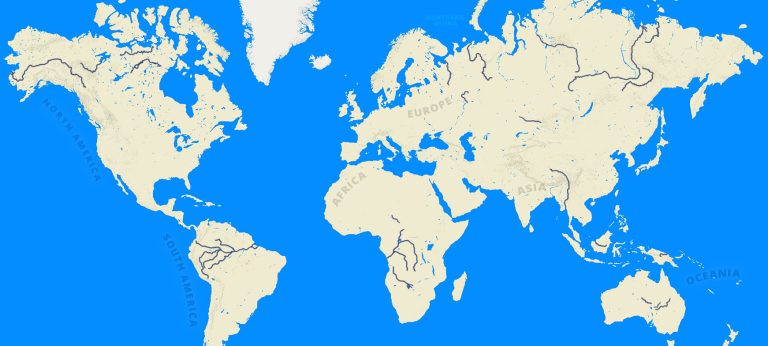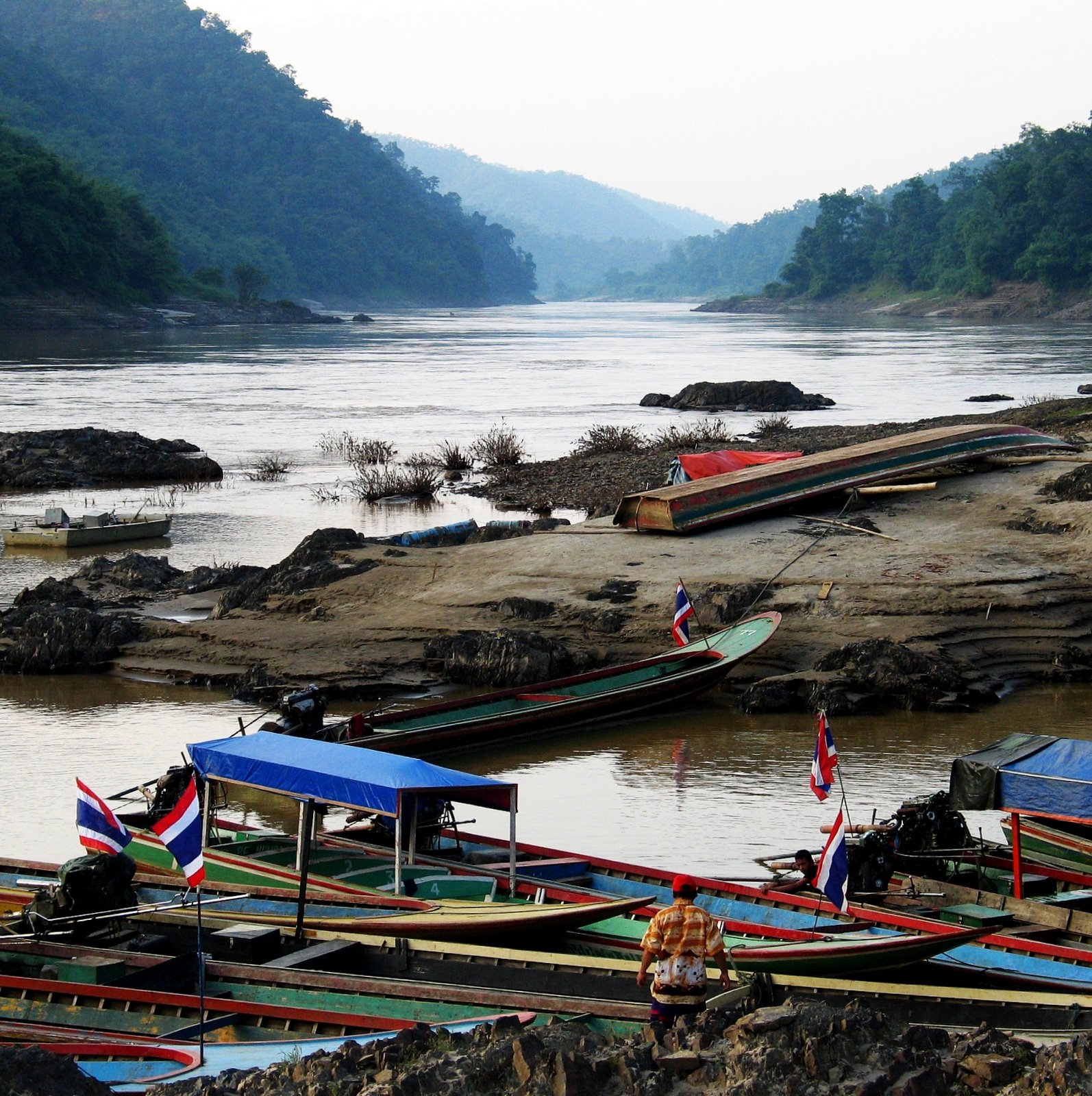Dam development across the tropics will disrupt the planet’s last free-flowing rivers, warns Delft researcher Michael McClain.
Only 37% of the world's longest rivers remain free-flowing. The Salween River forming the boundary between Myanmar and Thailand is one of them. But for how long? (Photo: Wikipedia)
In a paper published in the journal Nature, researchers from an international network of institutions, including IHE Delft, present a global assessment of the location and extent of the planet’s remaining free-flowing rivers. The team assessed the connectivity of 12 million kilometres of rivers worldwide.
Just over one-third of the world’s 246 longest rivers remain free-flowing, according to the researchers. Most of these are restricted to remote regions of the Arctic, the Amazon Basin, and the Congo Basin. The study was led by McGill University and the World Wildlife Fund (WWF).
The researchers define free-flowing rivers as those where ecosystem functions and services are largely unaffected by changes to fluvial connectivity, allowing an unobstructed exchange of water, material, species, and energy within the river system and with surrounding landscapes.
 Most of the rivers are restricted to remote regions of the Arctic, the Amazon Basin, and the Congo Basin. (picture: freeflowingriver.org)
Most of the rivers are restricted to remote regions of the Arctic, the Amazon Basin, and the Congo Basin. (picture: freeflowingriver.org)“Flows are important for the vitality of rivers,” says co-author Prof. of Ecohydrology Michael McClain of the IHE Delft Institute for Water Education, who is also affiliated to the Faculty of Civil Engineering. “Free flowing rivers support fish stocks, deliver sediment that keeps deltas above rising seas and mitigate the impact of extreme floods and droughts, amongst other things.”
Satellite imagery
Yet, economic development around the world is making free flowing rivers increasingly rare. Using satellite imagery and other data, the study examines the extent of these rivers in more detail than ever before.
Dams and reservoirs are the leading cause of connectivity loss in global rivers. The study estimates that there are around 60,000 large dams worldwide, and more than 3,700 hydropower dams are currently planned or under construction. They are often planned and built at the individual project level, making it difficult to assess their real impacts across an entire basin or region.
‘We first needed to create digital maps of millions of rivers and lakes’
“This work has been made possible through more than a decade of data collection and preparation,” said one of the lead authors, Associate Professor Bernhard Lehner of McGill University (Canada) in a press release. “We first needed to create digital maps of millions of rivers, lakes, and reservoirs on Earth so that we can now study the effect of human alterations on this complex system of connected waterways.”
McClain has researched river ecology for two decades. He has made special efforts to connect his work to authorities managing rivers and water resources. “Most of my work has been focused on developing countries in Africa, Asia, and South America. So when the international team of scientists formed to map the world’s free-flowing rivers, I was invited to join. I participated in workshops to develop the definition of Free Flowing Rivers and the method to map them. I then co-authored the paper, contributing most to the identification of global and national strategies to protect remaining rivers and help restore rivers that have been fragmented.”
Climate change
The study notes that climate change will further threaten the health of rivers worldwide. Rising temperatures are already impacting flow patterns, water quality, and biodiversity. Meanwhile, as countries around the world shift to low-carbon economies, hydropower planning and development is accelerating, adding urgency to the need to develop energy systems that minimise overall environmental and social impact.



Comments are closed.